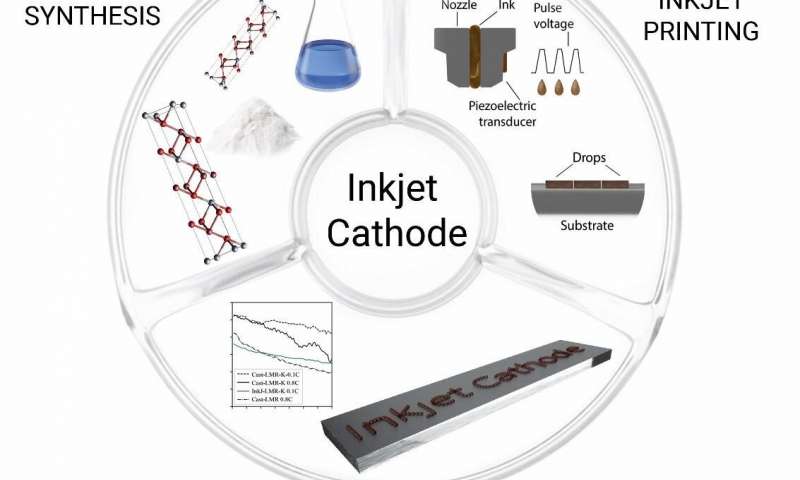2019-11-26
Scientists at St. Petersburg University of Technology (spbpu) are developing a micro printer that uses an inkjet printer to printLithium ion batteryElectrode technology. Ongoing research may help provide power for biosensors, wearable electronic devices and other micro devices.
Lithium ion batteries produced by conventional technology have high energy density, which meanslithium batteryIt can store a lot of energy in a very small volume. Because of this attribute, they are usually used for micro devices, such as smart watches, stylus, etc. Now, the progress in this field has reached the technical limit, and further reducing the size is challenging. Therefore, finding new methods of battery manufacturing is the key to technological development. Other possible solutions include methods for IC production and various printing methods with high performance advantages.
To print electrodes with given characteristics, it is necessary to screen the synthesis conditions, composition and viscosity of printing solution and printing parameters (for example, the distance between droplets and the number of layers applied), which is a difficult task for experts from different scientific fields. Compared with the electrodes made by traditional technology, the electrodes made by ink-jet printing cannot provide a sufficiently high energy density. The observed differences are due to the use of different materials, as well as the parameters of the density of the electrode active layer, the proportion of active materials, etc.

Image source:Peter the great St. Petersburg University of Technology
Maxim maximum, the principal researcher of the Institute's "Comprehensive Laboratory of new materials and structures", said: "in order to reduce the difference in energy density, we recommend the use of promising compounds based on lithium and manganese enriched cathode materials to increase energy density." Advanced manufacturing technology center of the national technology program (NTI) of the University of technology, Pittsburgh, Peter. "We have proved the possibility of using this material to make electrodes through inkjet printing. We also found that the energy intensity of the material in the printed electrode is similar to that of the electrode made by traditional technology."
Researchers used the synthesized active cathode material to prepare a stable colloidal solution, and optimized its rheological parameters for inkjet printing. They selected the conditions of the printed electrode, studied the electrochemical properties of the printed electrode, and determined the prospect of using this technical method and the composition of the selected cathode material. Scientists plan to conduct further research to improve the energy intensity of printed electrodes and lithium-ion battery prototypes.
Article source:OFweek lithium grid
0755-89480969
info@powercome.hk
B1202, building 1, Mogen Fashion Industrial Park, No. 10, shilongzi Road, Xinshi community, Dalang street, Longhua District, Shenzhen
www.powercome.hk